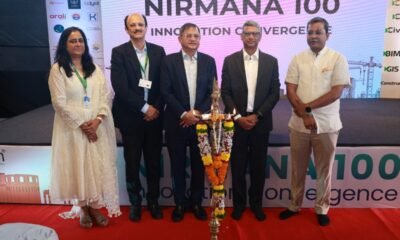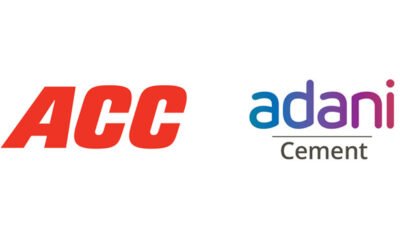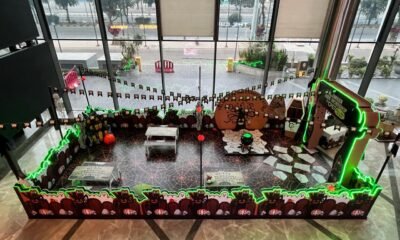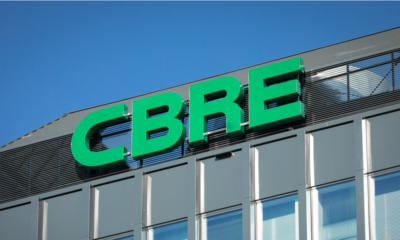News
106 Mn Sq Ft of Real Estate Development Potential Within Transit Nodes in Top 8 Cities: CBRE
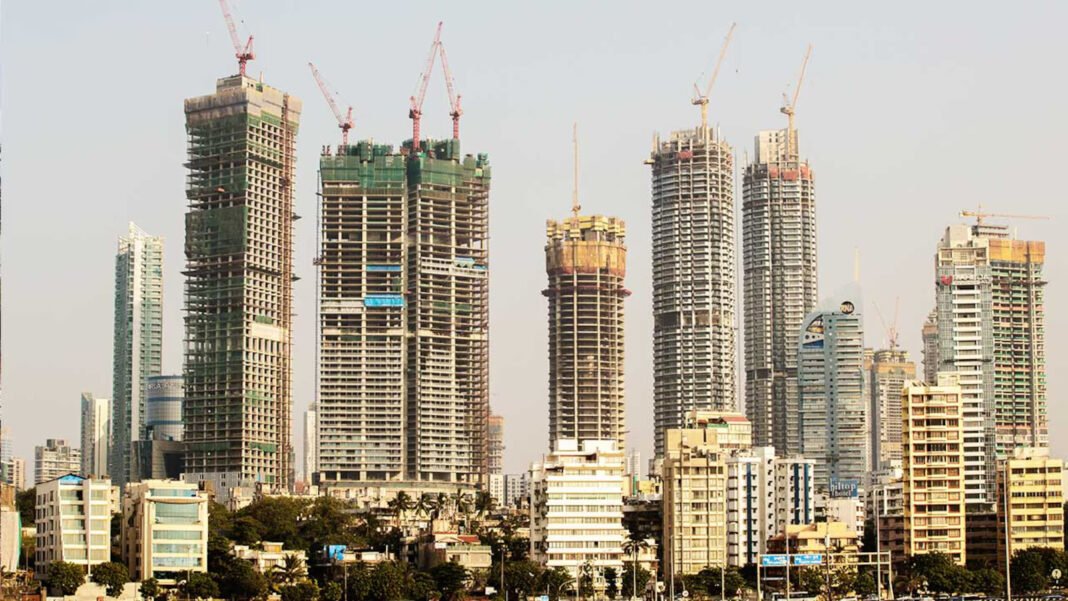
New Delhi, September 3, 2025: CBRE South Asia Pvt. Ltd has released a report titled ‘Billions in Transit: Assessing the Impact of Transit Oriented Development on Indian Cities’ highlighting that there is an opportunity to develop over 106 million square feet (MSF) of real estate within major transit nodes, such as metro stations, train stations, and inter-state bus terminals, across the top eight cities.
The Delhi-NCR region demonstrates the highest potential for transit-oriented real estate development, estimated at 32 MSF. This significant capacity is attributed to the region’s expanding metro system, ISBTs and city railway stations. Mumbai holds the second-highest potential at 20 MSF, followed by Chennai with an estimated 13 MSF.
Other key cities such as Hyderabad, Kolkata, Chennai, Ahmedabad and Pune are also seeing TOD-linked real estate activity, though at different scales, as mass transit networks expand.
TOD includes both commercial and residential projects, alongside dedicated spaces for activities such as walking and cycling, and spots offering multi-modal transport integration designed around major transport hubs. TOD corridors are also accelerating the rise of mixed-use ecosystems, integrating residential office, retail and leisure spaces, reducing commute times and supporting compact, connected growth.
In Delhi-NCR, planned projects such as Dwarka ISBT, Aerocity ISBT and Jewar International Airport and existing hubs such as Sarai Rohilla and Hindon Airport offer high potential for TOD.
In Mumbai, these places include railway stations like Bandra, Dadar, Mumbai CST and the upcoming Navi Mumbai International Airport. Moreover, hubs such as Chennai Airport, Maduravoyal Expressway and Chennai Peripheral Ring Road can unlock potential transit-oriented real estate.
In fact, the National TOD Policy and initiatives such as the Smart Cities Mission are providing a robust framework for compact urban growth, sustainable mobility and higher FAR incentives across the country. Additionally, states such as Maharashtra, Delhi, Haryana and Uttar Pradesh have introduced their own TOD policies.

Anshuman Magazine, Chairman and CEO, India, Southeast Asia, Middle East and Africa, CBRE, said, “TOD paves the way for vibrant, mixed-use communities that are not only commercially viable but also sustainable and liveable.”
As metro networks and transport hubs continue to expand across urban India, TOD will play a pivotal role in shaping inclusive, accessible and future-ready cities. To fully realise this potential, however, challenges around land acquisition, financing, skill availability and outdated land-use regulations need to be systematically addressed.”

Ram Chandnani, MD, Leasing Services, CBRE India, said, “Transit-Oriented Development is fast emerging as a game-changer for India’s urban growth story. Developers are increasingly aligning with TOD principles to design integrated, live-work-play ecosystems that cater to the evolving needs of urban professionals.”
The model not only unlocks greater value for commercial developers but also enhances accessibility for homebuyers, drives higher footfalls for retailers and improves operational efficiency for logistics operators. In essence, TOD creates a win-win framework for all stakeholders while fostering more sustainable and connected cities, he added
The report examines numerous global case studies to highlight how the TOD model has seamlessly linked infrastructure with real estate opportunities while recommending best practices for key stakeholders that can be adapted for India:

 Interviews4 weeks ago
Interviews4 weeks ago‘Mid-Segment Likely To Be Housing Mainstay In Mumbai Over Next Three Years’

 News4 weeks ago
News4 weeks agoHARERA Gurugram Orders Developer to Pay Assured Returns, Bars Arbitrary Fit-out Charges

 News4 weeks ago
News4 weeks agoPeak ESG: Godrej Properties Ranked No. 1 Among Global Residential Developers

 News4 weeks ago
News4 weeks agoReal Estate Adds Zing to M3M Hurun India Rich List 2025 as Ambani Regains His Top Spot

 News4 weeks ago
News4 weeks agoSandeep Runwal-Promoted-Runwal Developers Files DRHP For ₹2000-Crore IPO

 News4 weeks ago
News4 weeks agoOf 650 Operational Malls Nationwide, 30-35% Institutional Grade: ANAROCK Research

 News4 weeks ago
News4 weeks agoOffice Leasing at Historic High in First 9 Months of 2025, says CBRE

 News4 weeks ago
News4 weeks agoUP RERA Lodges FIR Against Promoter ASGI Properties Pvt. Ltd.



